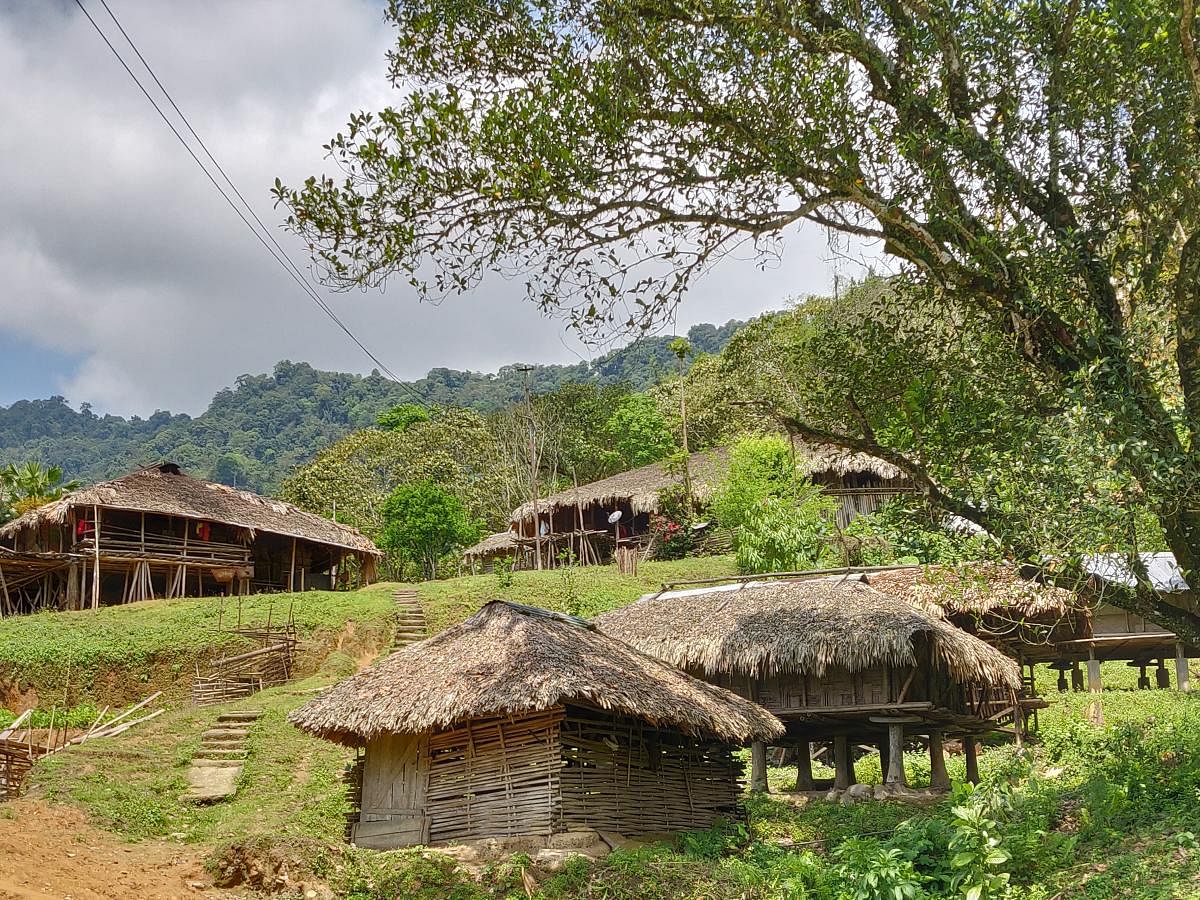
It seemed that I had slept only a while ago when the pleasant sound of chirping birds, the ‘cock-a-doodle-do’ of the ubiquitous rooster and the light filtering in from my homestay window had me up and about. A quick look at my watch told me it was only 4.15 am! Only then it ‘dawned’ upon me that I was in the state where the sun rises before anywhere else in the country. Well, I was in the land of the ‘dawn-lit’ mountains aka Arunachal Pradesh.

Compelling experiences
Known earlier as NEFA (North East Frontier Agency), Arunachal Pradesh, which is the largest of the ‘seven sister’ North eastern states, is also India’s most sparsely populated state in terms of population density with only 13 people per sq km. With a whopping 82% of the state covered with forests, Arunachal Pradesh is home to some of the most fascinating landscapes, formidable mountains, mighty rivers, diverse tribal groups and totally unique cultures.
While Itanagar, Tawang and Bomdila are some of the most popular tourist places in Arunachal Pradesh, I recently visited some enchanting towns and villages in the central part of the state. I was in for a kaleidoscope of myriad experiences quite like none other. This visit gave me an opportunity to view the rural life of the state including their distinctive lifestyles, customs and agricultural practices apart from beguiling experiences spanning food and adventure.
Sustainable living
Located at a distance of 115 km from the capital city of Itanagar is the picturesque Ziro valley whose cultural landscape is nothing short of awe. Perched at an elevation of about 1,700 to 2,400 metres above sea level, Ziro Valley is a pristine fertile land known for its lush green paddy fields that are indigenously cultivated by the local inhabitants, the Apatani tribe. An ethnic group belonging to the eastern Himalayas, the Apatanis are a non-nomadic tribe known for their harmonious relationship with the land they live off. Their ingenious way of wet cultivation that is done without the help of machines or animals is a perfect example of optimum utilisation of natural resources.
Known as Aji cultivation, Apatanis are known for growing paddy along with millets on the bunds and also for rearing fish in the water used for rice cultivation. With an efficient network of irrigation channels, water is used judiciously in such a way that the excess water is given back to the river for irrigating other fields downstream. Once the terrace paddy patches are prepared, seeds are sown and they sprout, the seedlings are transplanted into the individual fields. At this time, fish (common carp) is also reared in the water that is used to grow rice. Aquaculture integrated into paddy cultivation ensures higher productivity and employment throughout the year for the tribals, and also a steady supply of fish and rice, both of which are staples of their diet.
Tribal trail
Arunachal Pradesh is largely a tribal society with about 26 main and 100-plus sub tribes. A trip into the hamlets of central Arunachal is a great way to soak in the native lifestyle of tribes like Nyishi, Apatani, Galo and Adi. Most tribal houses are more or less similar and are made up of natural materials like cane, bamboo and wood. Built on stilts, the houses have thatched roofs made from palm and areca leaves and flooring made from bamboo cane. The kitchen has a central fireplace above which indigenous shelves storing meat and firewood are placed so that they remain insulated from cold and rain. Cane baskets, backpacks and traditional tools used for agriculture and hunting can be seen hung on the walls. Galo homes display hunting trophies on their walls while most Adi homes have backstrap looms on which the womenfolk weave fabric.
Local produce & cuisine
Apart from a whole variety of pork and other meat, rice that is locally grown is a staple in Arunachal Pradesh. It is combined with dal (lentils), greens like Lai patta and bamboo shoots. Brinjals, bitter gourd, beans and ladies finger are some of the commonly used vegetables. No meal is complete without sampling the state’s signature drink, the apong or rice beer that is prepared in the tribal households by fermenting rice. Black apong, prepared by fermenting black rice, is popular too along with kiwi and mulberry wine.
The local fruit and vegetable markets in Ziro and Daporijo (about 150 km from Ziro) are wonderful places to witness the nuances of the native produce. Mostly run by women folk, the markets are a cornucopia of colours and flavours.
Adventure calling
Arunachal is not just a heaven for nature and culture buffs, it is a perfect place for adventure junkies too. With the mighty Siang (a tributary of the Brahmaputra) flowing through the state, there are ample opportunities for white water rafting. Head over to Pasighat about 250 km from Daporijo to experience an adrenaline rush on the whimsical Siang which is often considered one of the best avenues for river rafting.